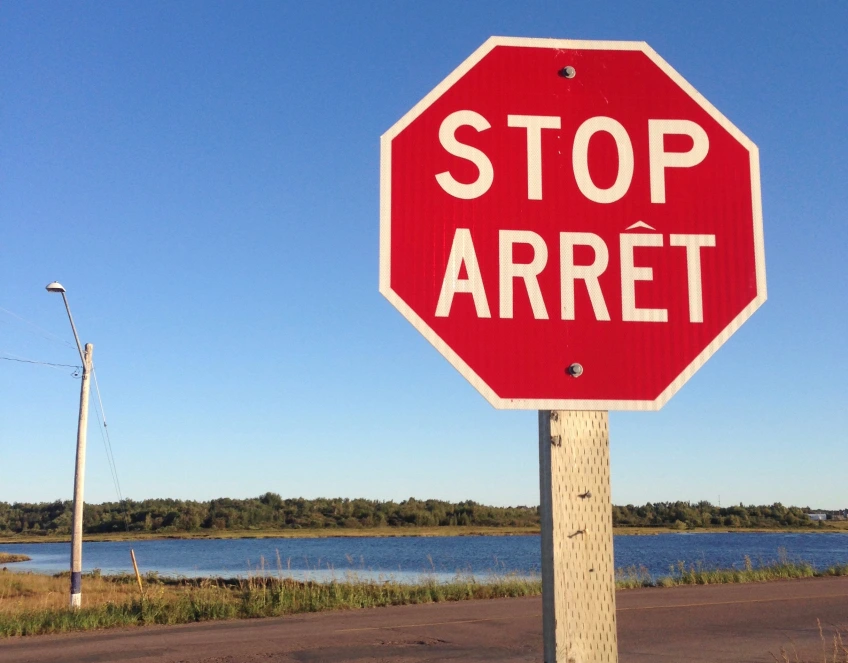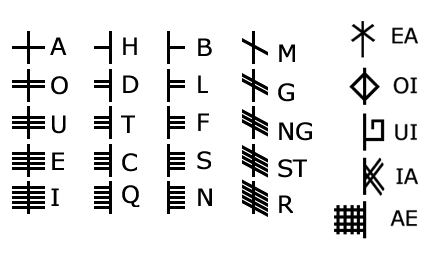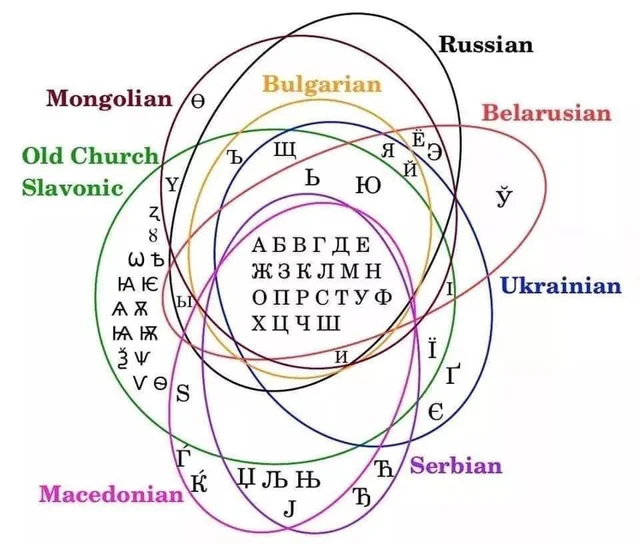Our blog post in May uncovered how to guess what language you’re reading by scanning for certain giveaway characteristics such as unique letters or writing systems. Before we delve into part two of this series today on our July blog, we recommend that you read part one first!
Let’s delve deeper into some other languages, what makes them unique, and ultimately what are the tell-tale signs of their origins.
Italian, French, or Spanish?
French is the 3rd most spoken language in Europe and the 5th most spoken in the world, while Spanish is spoken by almost 5% of the world’s population – that’s around 390 million people! Italian has fewer speakers with an average of 75 million speakers worldwide, yet it is still the 3rd most common language in the EU.
These three romance languages are said to be easy to tell apart when speaking as they all have distinctive sounds and accents that set them apart. For example, French has many nasal sounds that don’t appear as much in Spanish. Spanish has a lot of ‘th’ sounds, which is not common in French, and many Italian words often end in vowels and so the language has a distinct musical quality to it. So what about these languages written down? How do you tell them apart?

The first suggestion would be to look for upside down question/exclamation marks ¿ ¡ in your text – you know then that this is definitely Spanish. In Spanish, sentences start with an upside down mark to alert readers that what follows is either a question or an exclamation. You might see something written like ¡Venga! (Come on!) or ¿Lo tienes? (Do you have it?). Italian and French only use punctuation at the end of utterances.
On the other hand, if the text in question is neutral and there is minimal punctuation but you can see a circumflex accent on a letter like î or ô, you can immediately and confidently rule out Spanish.
These little pointy accents do not exist for Spanish speakers. The circumflex accent in Italian does appear but is very rare, which leaves only one option left – French! Some typical French words that contain these accents are hôtel, pâté, and Nîmes, and it is likely that at least one word in the text will contain an accent. Another giveaway diacritical mark would be the tilde above the letter ñ, which is found exclusively in Spanish in common words like mañana (tomorrow), España (Spain), or piña colada (this one needs no translation).
If there are no unusual punctuation marks or obvious accents, and you won’t be able to sleep until you sleuth out the answer once and for all, then a last resort would be to look for the common words “and” or “is” in your text instead. These are very common words and can be spotted in most texts:
English Italian Spanish
and e y
is è es
The water is blue and calm. / L’acqua è blu e calma. / El agua es azul y tranquila.
Where in the UK ?
Scots Gaelic, Irish, and Welsh contain captivating culture that is rooted in the UK’s history, adding extra layers of identity to Scotland, Ireland, Wales, and England. Sadly, they are all considered as vulnerable or endangered languages, meaning that less and less people are learning them as their mother tongue and less children are speaking them in schools. All is not lost, however, as there are many organisations and charities who promote the protection of these languages. Welsh is actually the most studied language on Duolingo in the UK!
Before we get into their similarities and differences, here are three quick titbits that showcase each language’s charm:
-
Welsh actually has 20 ways to say the word yes. The correct word to use varies on context, including things like who asked you the question, whether you are speaking in past, present, or future tense, and also on the type of question asked!
-
In Gaelic tradition, foxgloves are seen as flowers for the fairies. This is why one of the Scottish Gaelic words for foxglove is lus nam ban-sìth which cutesily translates into English as “the plant of the fairy women”!

-
A writing system called Ogham (also called the “Celtic Tree Alphabet” as each letter is assigned a tree) is the earliest occurence of the Irish language, dating back to the 4th Century, 400 CE! The inscriptions are found on standing stones and wood carvings, and the letters are a series of marks on a central line. Oghams are used nowadays as a form of divination in some branches of Paganism.

Moving onto the actual languages now, in this trio of tongues Scottish Gaelic uses only grave accents (such as à or è) in its writing. You can spot these letters in words such as fàsmhorachd (vegetation) and cnò-daraich (acorn). The accents in Irish, on the other hand, are acute and slant towards the right such as in bó (cow) or Éire (Ireland). You can remember this by thinking that Irish contains an R, and all the accents point to the Right.
If you see an amalgam of accents, it’s Welsh. Welsh actually uses four kinds of diacritic marks – the two mentioned above, a circumflex and also a diaeresis, which is two side by side dots above a letter such as you see sometimes in the word naïve.
The Welsh language is actually quite different from Irish and Scottish Gaelic. Aside from perfectly describing ladybirds as “little red cows” (buwch goch gota) and peaches as “woolly plums” (eirin gwlanog), Welsh is also prone to using lots of ll, ff, and dd consonant pairs.
Ll is a very common occurrence in Welsh place names, and you’re likely to have seen the BBC Weather presenter (deservedly) smirking to himself after pronouncing the longest town in Wales. If you do spy a lot of double L or double F pairs, it is likely to be Welsh. Welsh also tends to use the letters W and Y as vowels, which often confuses some English speakers. You may have heard the word ‘cwm’ (pronounced koom) which English has borrowed from Welsh, and refers to a deep hollow in a mountainous area. Each of these languages have their own dialects and variations so these are by no means definitive divisions; the 3 languages actually share similar characteristics despite having very different histories behind them. Using these tips can just help you to make an educated guess.
Slavic Secrets
The most confusing section has been saved for last! Many people assume Russian when they see a Cyrillic alphabet, but there are actually many languages that use this writing system, each with their own quirks. In fact, this writing system is used in over 50 languages. It gets trickier to tell which is which, but if you know what you are looking for then you can try and suss them out.
Belarusian is the only language that uses the letter ў, so look for this as a tell-tale sign. In 2003 in the Belarusian city of Polatsk, a monument was actually erected in honour of this unique letter! Sadly, the use of Belarusian is rapidly decreasing but is usually heard on Belarusian television and radio channels.
Another language with unique letters that Russian does not have is Macedonian, which is also the only language to use Ѓ and Ќ. Macedonian is actually closer to Bulgarian than it is to Russian. And speaking of Bulgarian, whilst several languages use the character Ъ, check how often this letter appears – it is quite uncommon in many of the languages mentioned here, but very common in Bulgarian so you see it crop up a lot, you could lean towards it being this.
If you see a K with a line underneath it instead of on top of it like this Қ – it is not Russian either but is likely to be Kazakh. Kazakh is spoken in Kazakhstan, some parts of China, Afghanistan, and Mongolia, and depending on where you are in the world the language can either be written in Cyrillic, Latin, or Arabic script. How confusing!
The Serbian Cyrillic alphabet also contains the characters ћ and ђ, whilst it does not contain many of the letters than appear in Russian, such as Э, Ю, and Я. Finally, it’s likely to be Ukranian if you see ї and є. In Russian, this letter faces the other way э.

To wrap things up, it’s always interesting to pick apart languages and to not only work out what makes them unique, but also what links them together with other languages and language families. With a few of these handy tips in mind, you will be able to spot some of these nuances if you come across any of the languages mentioned in this blog and feel smug with yourself for having eagle eyes.




